Designated a UNESCO City of Design in 2006, Montreal is a popular international tourist destination known for its iconic historic buildings. At the same time, urban design scholars and architects criticize Montreal’s more contemporary architectural developments for their ostensible conservatism and lack of aesthetic vision. This popular attention to Montreal’s architectural legacy alongside the negative reputation of its more contemporary sites among the local population, as the recent controversy on the new Champlain Bridge exemplifies, has the tendency to obscure the aesthetic and structural merit of certain newer sustainable architectural developments in Montreal.1 The aim of this photo project is thus to identify and showcase the emergence of a sustainable, yet relatively unknown local architectural movement through a study of five buildings built in the last fifteen years on the island of Montreal, in the process making them more visible to a mainstream audience. I selected the 2-22 Complex, Anne-Marie Edward Science Building at John Abbott College, Boisé Library, Marc-Favreau Library, and Lassonde Buildings at the Polytechnique, both for their embrace of sustainable design principles – for instance, reusing scrap materials from construction sites, LEED Certification, augmenting the prevailing aesthetic spirit of their respective locales, etc. – and on the basis of their being knowledge institutions, that is, libraries, schools, museums, and archives. Indeed, through my photographs, I make the case that such knowledge institutions are in the vanguard of this new architectural exploration in Montreal, a consequence of the ways in which the relation between function, structure, aesthetics, education, and human fulfillment have traditionally been articulated.
The purpose of this project is twofold: 1) to emphasize the relation between some aspects of the built environment as, on the one hand, a container for (and as a conditioner of) cultural and social activity and, on the other, as often taken for granted by everyday users through paradoxically refraining from representing humans in the photographs. Even if these buildings were not conceived to be approached from a single perspective, unlike baroque architecture, I use a fixed and unique point of view on purpose to emphasize and aestheticize the formal aspects of the built environment. This focus on formal material and infrastructural elements tends to downplay the buildings’ uses or applications; but one of my goals is to deconstruct the modernist, dichotomic approach of photo and architecture as object versus subject by inverting this boundary. For example, four of these five buildings use transparent glass as a dominant material. The consequences are that the glass site of architecture becomes photographic, a form of organ or camera obscura, where the inside and the outside are intertwined; the building itself thus becomes a technology of representation. The result is the conceptualization of architecture as a medial form, a form with agency and one that records, transmits and processes information, as German media scholar Kittler says.
My objective is to highlight the intermedial aspects of the photographs and the architectural forms as containers where various actors circulate (books, humans, knowledge, digital data, etc.) without prioritizing one element over the other. I believe that the ways in which knowledge institutions, the city, photography, and architecture are intermediated constantly and strongly restructure and reshape each other in time and space, both physical and imagined. Finally, by drawing attention away from the usual tourist landmarks and by mediatizing these knowledge institutions, I hope to spark widespread interest in some of the city’s latest architectural developments as they exist in relationship to the city’s educational communities.



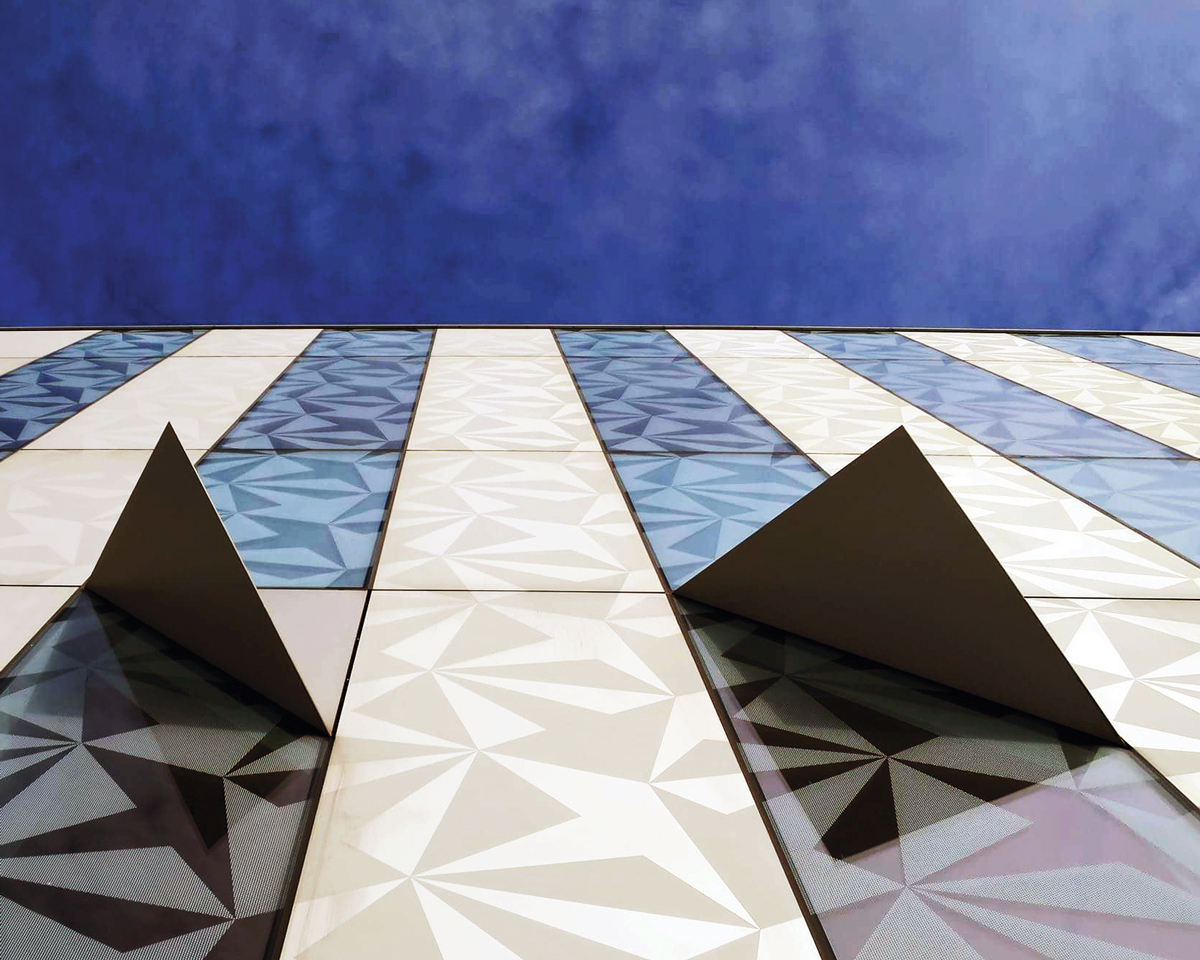



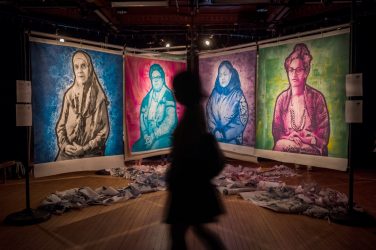
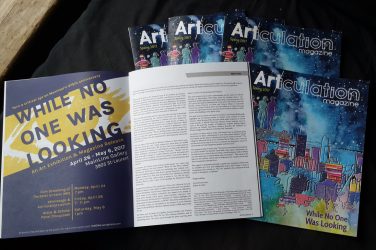
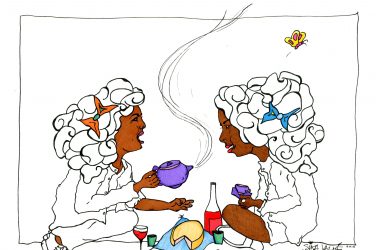
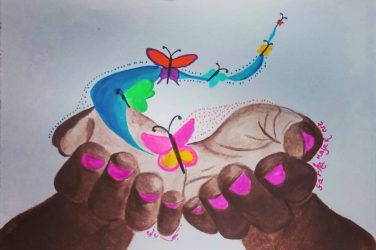
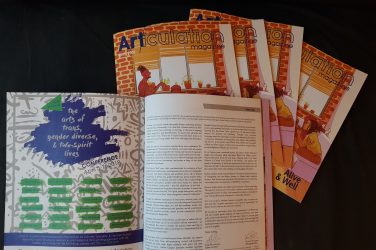
Show Comments (0)